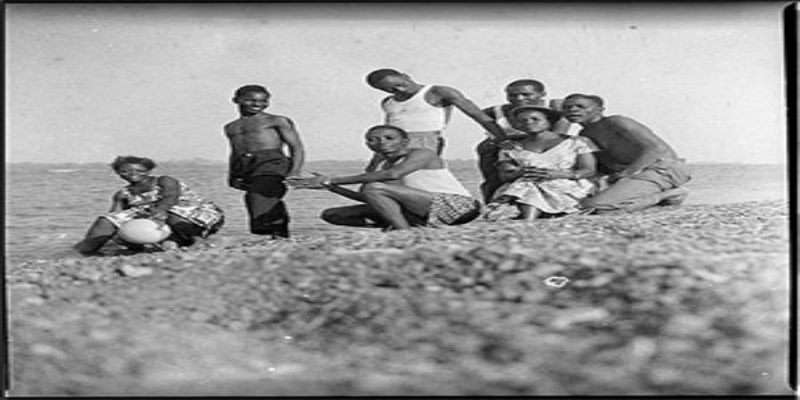Research project
Before HIV: Sexuality, Fertility and Mortality in East Africa, 1900-1980
- Start date: -
- End date: -
- Funder: AHRC, the British Academy, the British Institute in Eastern Africa, and the ESRC.
- Primary investigator: Shane Doyle

Description
Before HIV: Sexuality, Fertility and Mortality in East Africa, 1900-1980, was published by the British Academy and Oxford University Press in 2013. This book examines the medical and demographic histories of three neighbouring societies in East Africa in order to explain why patterns of sexual behaviour, fertility and mortality changed so dramatically in the decades before the emergence of HIV.
The project has relied on relatively innovative research methods. It has used parish baptism and marriage registers to identify variations in demographic trends between ethnic groups through the techniques of family reconstitution (recreating family trees). Hospital maternity registers have been analysed to identify changes over time in average parity, birthweight, neo-natal and maternal mortality, and survivorship of previous children. Medical records were analysed to show changes in disease incidence over time. Trends in sexual attitudes and behaviour were identified through a detailed media survey, and single-sex group discussions.
The most important findings of the project are that, in this region, fertility increased earlier in the colonial period than has previously been demonstrated, mainly through shorter birth intervals, but this was a response primarily to falling rates of child mortality, which must be regarded as the key factor prompting Africa's shift to rapid population growth. Moreover, this project has demonstrated that assumptions about the uniformity and permissiveness of sexual attitudes in pre-colonial Africa have been exaggerated. Sexual behaviour in this region changed dramatically between 1860 and 1980, with the most significant developments occurring between the 1940s and 1960s, a period when the patterns of behaviour which would facilitate the rapid spread of HIV decades later took shape.
Image courtesy of Kaddu Wasswa and Andrea Stultiens.

